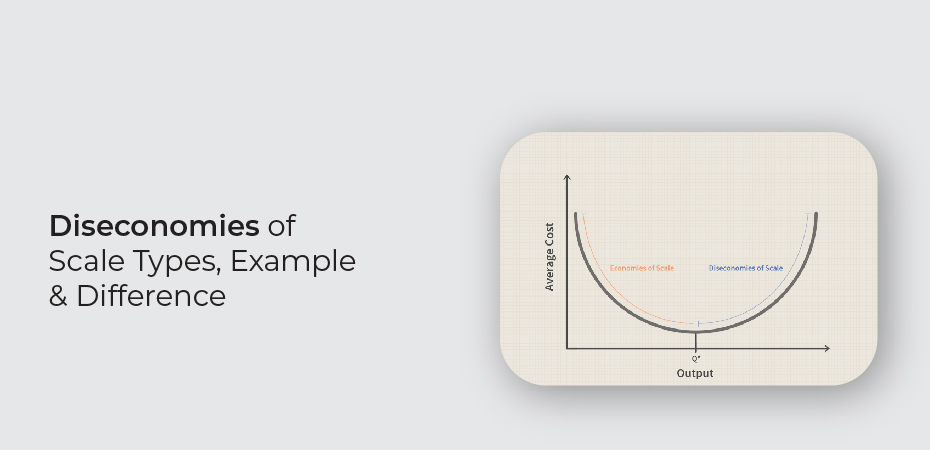Diseconomies of scale happen when a company gets too big and becomes inefficient. This can be due to a number of reasons, such as too many layers of management, communication problems, and bureaucracy.
When a company reaches a certain size, it can become difficult to make decisions and move quickly. The larger the company gets, the more expensive it becomes to produce and sell products or services. This can lead to lower profits and even losses.
Types of Diseconomies of Scale
Technical Diseconomies of Scale
In some industries, larger firms enjoy a cost advantage over smaller ones. This is due to so-called “technical” economies of scale. Technical economies of scale arise when a firm can produce goods or services more cheaply as it gets bigger. This is because the firm can spread its fixed costs over a larger volume of output.
Technical economies of scale are particularly important in industries where there are high up-front costs associated with starting up a business. For example, in the computer industry, it is often expensive to set up the necessary manufacturing facilities and develop new software products. Larger firms can spread these costs over a larger volume of output, making them more efficient and reducing their unit costs.
Smaller firms may find it difficult to compete against larger rivals in these industries. They may be forced to specialize in niche markets or simply exit the market altogether.
Organizational Diseconomies of Scale
In business, there are economies of scale and diseconomies of scale. An economy of scale is when a company can produce a good or service at a lower cost per unit as the company grows larger. A diseconomy of scale is when a company produces a good or service at a higher cost per unit as the company grows larger.
Some factors that can lead to organizational diseconomies of scale are: too many layers of management, poor communication, bureaucracy, inflexible work rules, and unionization. In addition, when a company gets too big, it can become more difficult to make decisions and respond to changes in the market. This can lead to slower growth and lower profits.
Organizational diseconomies of scale are something that all businesses should be aware of.
External Diseconomies of Scale
External diseconomies of scale are caused by factors outside the company. They can be due to the industry in which a company operates, the regulatory environment, or the macroeconomic environment. External diseconomies of scale arise when a company is unable to adjust its output in response to an increase in demand.
This can be due to a lack of resources or capacity constraints. As a result, the company may have to increase its prices, which can lead to lower profits or even losses. External diseconomies of scale are also known as market power diseconomies.
Diseconomies of Scale Examples
Diseconomies of scale happen when a company gets too big for its own good. The larger the company gets, the more complex and bureaucratic it becomes, and the less efficient it becomes. This can lead to lower profits and even bankruptcy.
There are several examples of diseconomies of scale. One is the airline industry. Airlines have to deal with a lot of regulations, and as they get bigger, they become less nimble and able to respond to changes in the market. They also have to deal with higher fixed costs, such as salaries and rent payments. As a result, most airlines are unprofitable.
Another example is Walmart. As Walmart has gotten bigger, it has had to become more centralized, which has made it less responsive to customer needs. It has also had to deal with higher shipping costs, as well as the cost of maintaining large stores.
Difference between Economies of Scale and Diseconomies of Scale
An economy of scale is a decrease in the average cost of producing goods or services as the size of the production run or unit output increases. A diseconomy of scale, on the other hand, is an increase in the average cost of producing goods or services as the size of the production run or unit output increases. There are several factors that can contribute to economies or diseconomies of scale.
One major factor is technological change. As firms become more efficient and productive with new technology, they can produce products or services at a lower cost per unit. This leads to increased economies of scale. However, if a firm’s technology becomes outmoded and less efficient, it can lead to increased diseconomies of scale.
Another key factor is specialization.



